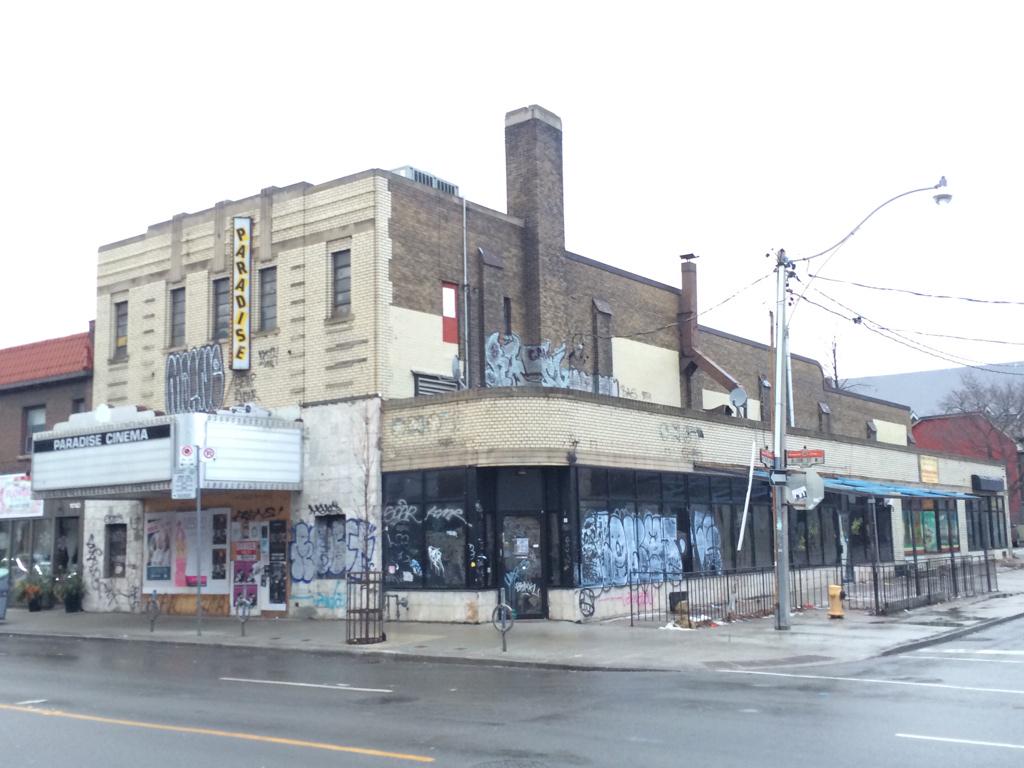DavidCapizzano
Senior Member
Accommodating heritage shouldn’t even be a conversation when the city can barely accommodate its people.
this is a fine proposal and should move forward.
this is a fine proposal and should move forward.
Accommodating heritage shouldn’t even be a conversation when the city can barely accommodate its people.
/https://www.thestar.com/content/dam/thestar/news/city_hall/2019/09/23/mayor-torys-affordable-housing-plan-moves-forward-with-four-projects-across-toronto/wilson_heights.jpg)
:format(webp)/https://www.thestar.com/content/dam/thestar/news/city_hall/2019/09/23/mayor-torys-affordable-housing-plan-moves-forward-with-four-projects-across-toronto/wilson_heights.jpg)
I would agree on your last point, but I would argue that enough of the original brick and stone fabric is still there to preserve the most important parts- the front facades.
Woodwork can always be restored, windows and doorways reopened/closed, and the ad-hoc additions removed. If we thought of heritage preservation as preserving immediate heritage value and not potential heritage value, many more buildings in this city would have been demolished long ago (think Paradise theatre and how tatty and compromised it was) and you'd never get a long-gone cornice restored.
The rear ends and interiors of the houses are architecturally unsignificant (going through the heritage report), and so I would agree that the rest of the houses are more or less tear-downs.
Again, I'm not against densification, but I am against this particular scheme- there's enough room for the accommodation of heritage and density, and the overall project would be richer than a clean slate approach.

I'm not in favour of that kind of facadism for two main reasons: first, the architectural Frankenstein that would result from that approach would look worse than both RCMI and 70 High Park since proportionally it would take over a greater percentage of the facade. Second, that kind of facadism is extremely expensive, so to amortize that over so few apartments will naturally push the price of each up.I would agree on your last point, but I would argue that enough of the original brick and stone fabric is still there to preserve the most important parts- the front facades.
Woodwork can always be restored, windows and doorways reopened/closed, and the ad-hoc additions removed. If we thought of heritage preservation as preserving immediate heritage value and not potential heritage value, many more buildings in this city would have been demolished long ago (think Paradise theatre and how tatty and compromised it was) and you'd never get a long-gone cornice restored.
The rear ends and interiors of the houses are architecturally unsignificant (going through the heritage report), and so I would agree that the rest of the houses are more or less tear-downs.
Again, I'm not against densification, but I am against this particular scheme- there's enough room for the accommodation of heritage and density, and the overall project would be richer than a clean slate approach.
Again, it depends on the massing, materials, and finer details, rather than the concept as a whole. You could look at 36 Hazelton as a counterpoint- where two elements become a greater whole.I'm not in favour of that kind of facadism for two main reasons: first, the architectural Frankenstein that would result from that approach would look worse than both RCMI and 70 High Park since proportionally it would take over a greater percentage of the facade. Second, that kind of facadism is extremely expensive, so to amortize that over so few apartments will naturally push the price of each up.
Heritage is an important part of the story that cities tell across time, but we can't let the past dictate the future.
Why only 6 storeys? 280 St. George, which is 100m to the south and is further to the station, is 15.
If not less (hint, FSI is a garbage metric that shouldn't be relied on in any way)!